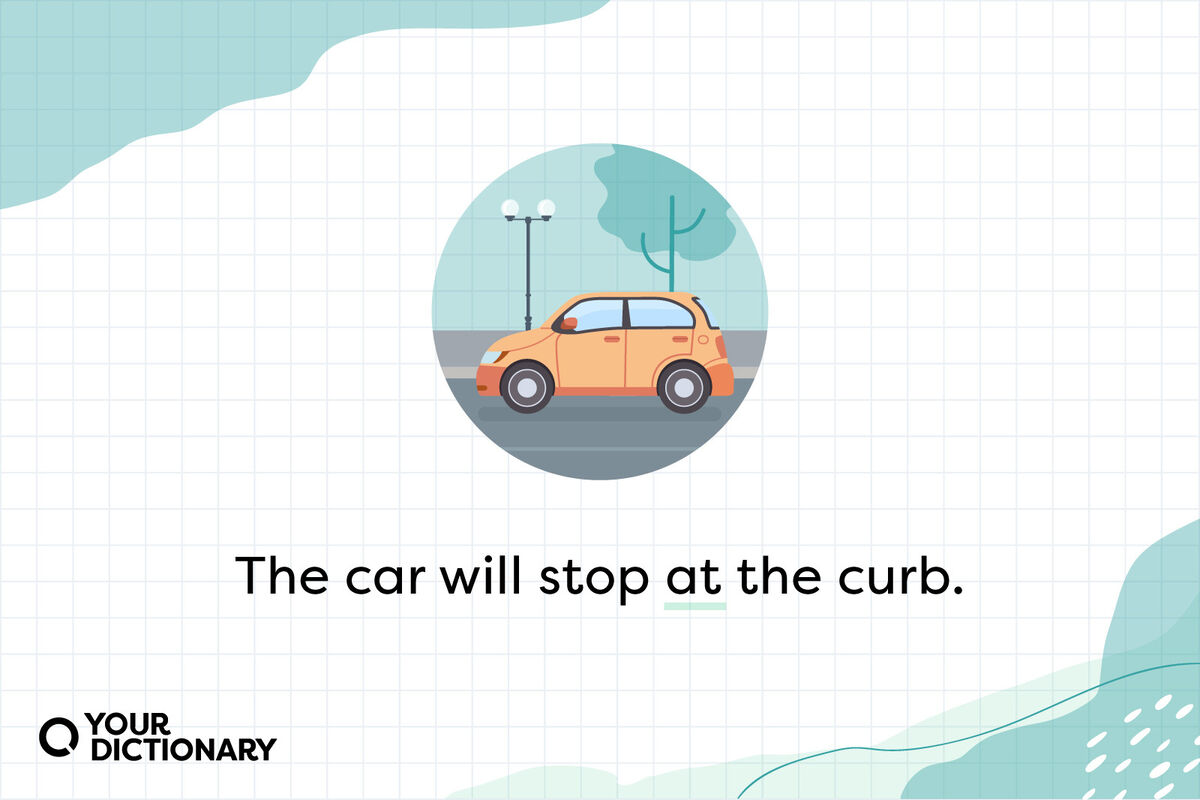
The word at is a preposition. Like by, from or with, the preposition at connects words in a sentence. But depending where it falls in a sentence — and which words it’s connecting — its function is more versatile than it seems.
The Preposition ‘At’
A preposition is a relationship word, or "connector." It’s the sort of word that can explain the place, time, or relationship of a sentence and link the words together. In the case of the preposition at, it expresses a specific location, time or position. For example:
Joe is waiting at home. (location — where is Joe waiting?)
The appointment is at 9 P.M. (time — when is the appointment?)
The progress meter is at 75 percent. (position — where is the progress meter?)
Notice that the preposition at modifies the subject of the sentence (Joe, the appointment, the progress meter). Each time, at is also followed by a noun, known as the object of the preposition (home, 9 P.M., 75 percent).
Example Sentences Using “At”
Here are some more examples. Notice the points noted above in play. First, at is acting as a connector, drawing the subject/verb together with the direct object. Second, at is followed by a noun or pronoun, most likely the direct object.
I sat at my table and cried. (my table is the object of the preposition)
Let’s meet at 11:45.
The car will stop at the curb.
The dog scratched at the screen.
Their wedding was at the town hall.
There were tens of thousands of people at JLo’s latest concert.
They laughed at all his jokes.
The tiger lunged at the monkey.
He stood at the podium.
Don’t you dare yell at me.
Can ‘At’ Function as an Adverb?
Sometimes, it appears as if at is modifying a verb or adjective rather than a noun, which would make it an adverb. For example:
Pearl looked at her new bike. (Is at modifying the verb looked?)
We rejoiced at the happy news. (Is at modifying the verb rejoiced?)
The team is good at defensive blocking. (Is at modifying the adjective good?)
It’s less confusing than it looks. Even though at may be adding more details to the verbs and adjectives in the sentence, it’s still functioning as a preposition, not an adverb. If you’re in doubt, check out the words that follow at. Nouns follow prepositions, not adverbs (that’s why they’re called “objects of the preposition”).
‘At’ In Everyday Phrases
At also appears in many idiomatic phrases that we use every day. For example:
at any rate
at a loss
at a moment’s notice
at all
at first
at last
at least
at every turn
at arm’s length
at times
at a standstill
All the words that follow at in these examples (any rate, first, arm’s length, and so on) are functioning as objects of the preposition. Feel free to use these phrases in your writing, but as in the case of all idioms, avoid leaning on cliches too much.
Making the Connection
The best way to learn the correct usage of at is to pay attention to people speaking and to what you're reading, and then keep practicing. For more preposition practice, check out: